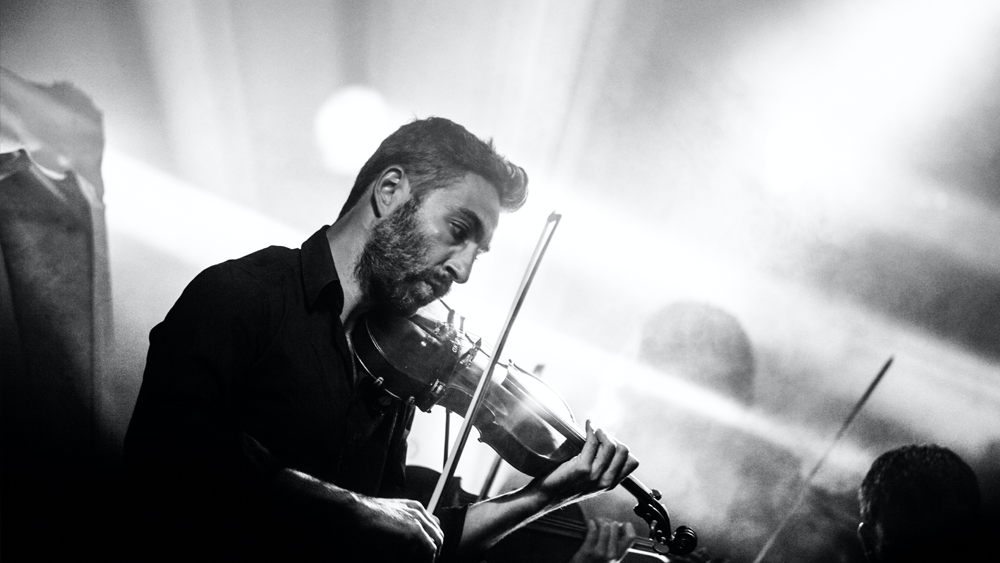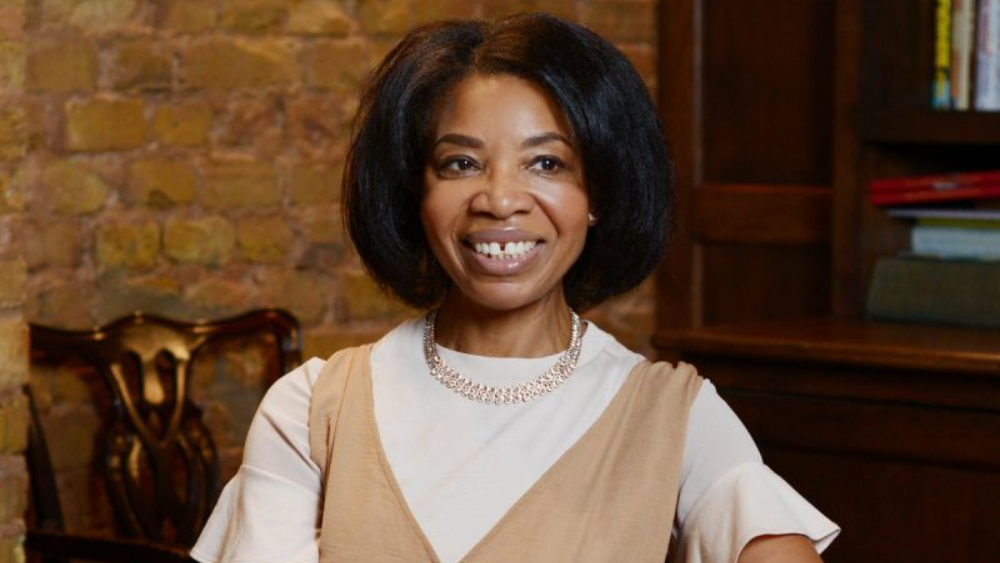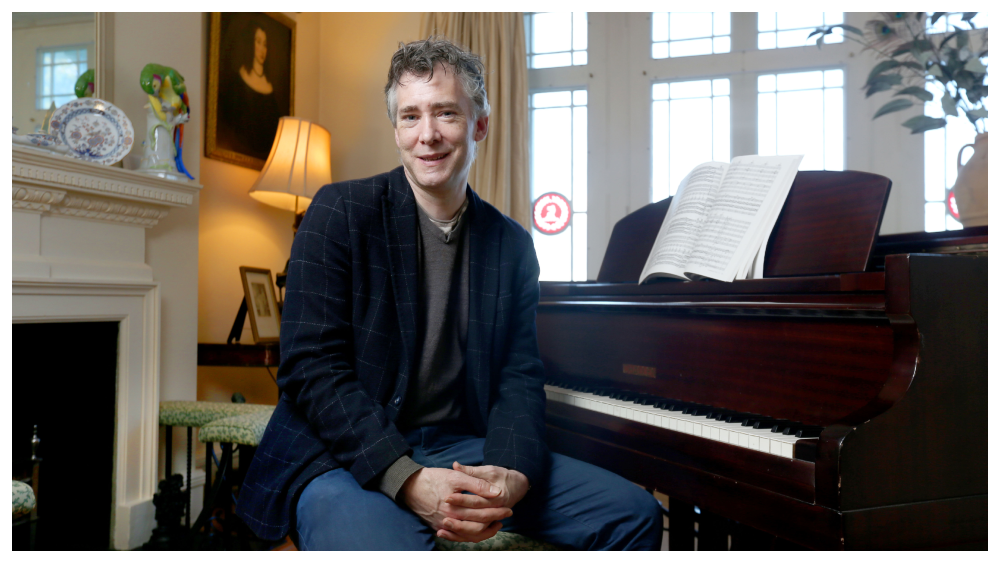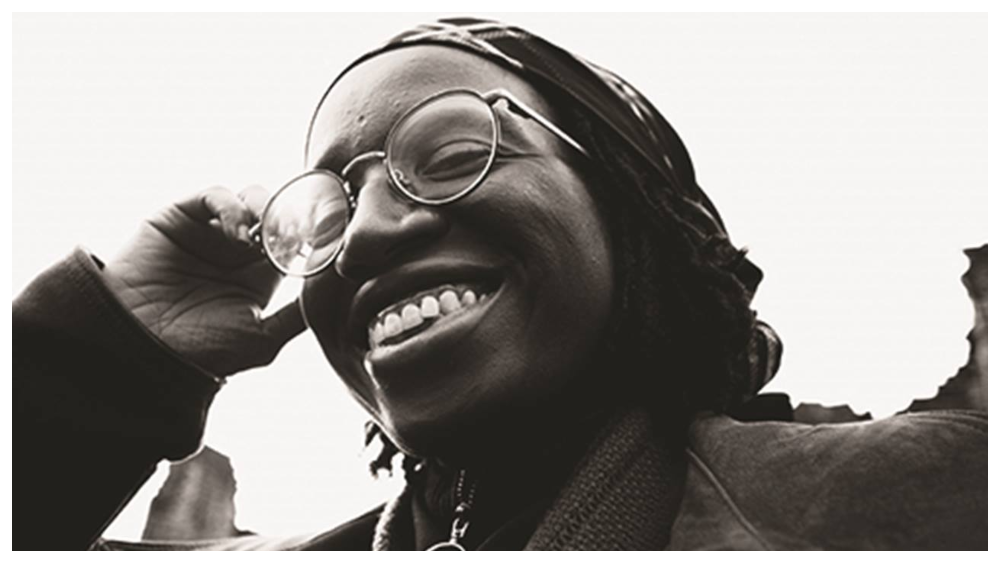Living through a future chapter of history is curious. It’s a sort of ‘filmic’ experience of observing whilst being observed… a feeling that every encounter and everything we do, hear and see is coloured by an attentiveness which will enable us to understand this extraordinary episode of our lives. In time, this swarming matrix of exchanges will settle and become a bedrock of the narrative we construct around the 2020 pandemic.
What will the post-pandemic narrative of classical music be? How will the story be told in years to come? And who will write it? Future Book (as I will call it) will no doubt reflect on the myriad inspiring ways of performing and educating that emerged during Covid-19 (online, on-demand, outdoors, together-but-not-together). It will applaud the admirable determination of venues (Wigmore Hall, Kings Place, Snape Maltings) to deliver ‘business as usual’: outstanding live music performed in difficult circumstances to audiences sitting amongst mostly empty seats.
'...the ghost of Covid-19 is everywhere, underpinning a vital need to perform and keep the heartbeat of music alive.'
Future Book will include examples of new musical works created during the pandemic. But, (it will explain) it’s hard to make art from illness. For the Anglophone imagination, music tends to be associated with good things (‘music to my ears’) and the idea that music can be associated with bad things is less intuitive and attractive to us. The 1918 influenza pandemic was a backdrop to the creation of works including Prokofiev’s opera The Love for Three Oranges and Stravinsky’s L’histoire du soldat. Szymanowski, stricken by flu, wrote that his feverish dreams led to the creation of the sumptuous, intoxicating King Roger, which he worked on for the next eight years. But there are very few references to illness itself in any of the music composed at this time. The majority of new music in 1918 and in 2020, has – it seems - been created despite the pandemic, not as a direct artistic response to it.
And yet (Future Book will note), the ghost of Covid-19 is everywhere, underpinning a vital need to perform and keep the heartbeat of music alive. Our music-making and music-listening in 2020 is seeped in personal experiences of isolation and the renewed importance of the home. It embodies the sense of loss, of grief and an eerie war-like feeling. It reflects the rise of xenophobia. And it reveals a deep desire for release and fun (in witty, ingenious multi-track arrangements) as a response to darkness and despair.
Back in 1918, those who gave in to the darkness and despair were thought to be more vulnerable. Many concert halls, theatres and cultural institutions, including London’s West End, stayed open because they were considered an essential form of preventive medication that would boost the psychological health of the population. There was no social distancing. The authorities suggested ‘thoroughly’ ventilating venues during the interval and ‘flushing the building with fresh air’. The death toll of the 1918 pandemic was horrific, but the swiftness with which influenza tore through society also made its impact on the arts less dire. The 1918 pandemic was ultimately a terrible blip in musical history - and it mostly passed without legacy.
'I hope that it will not be a history written by power-houses and bureaucratic structures, but one written in the margins and along the fracture lines that the pandemic has opened up.'
I hope that the 2020 pandemic will leave a legacy. My imaginary Future Book will look beyond the pandemic – to the years and decades that followed. It will no doubt focus on sector poverty, the long-term financial consequences that face cultural institutions. It will explain why it is less helpful to look for traces of the pandemic in pieces of music created right now, and more in the general tone of the movements and behaviours that came in its wake. And I hope that it will not be a history written by power-houses and bureaucratic structures, but one written in the margins and along the fracture lines that the pandemic has opened up. In other words, I hope it will be a history created by artists, musicians and people for artists, musicians and people.
The legacy chapters of Future Book will be about...
Valuing emotion in music
2020 gave us an opportunity to hear music though ‘new ears’. Starved of live concerts, we have become more attentive to music – questioning, thinking about and savouring the experience. The strange, theatrical way we currently live our lives - the ritual, the repetition, the scrutiny – combined with a fundamental lack of human touch can make listening to music painfully, overwhelmingly moving and a penetrating interrogation of how we are feeling. 2020 has been a stark reminder of what music does best; its primary value and importance is in questioning what it makes us feel.
A shifting of hierarchies
2020 was a year when we listened hard to lesser-known creative voices who had the skills and solutions we needed. Boundaries between disciplines became blurred as resilient musicians found alternative means of communication (digital, verbal, written, visual) and new acclaimed voices came to mass attention. The RPS awarded initiative with a new ‘Inspiration Award’ and was inundated with hundreds of nominations. These new voices sought out counteractions to the straight-jackets and strangleholds of the pandemic and stayed curious. In a sector that teaches and values specialists and specialisation, being a generalist was suddenly a good thing.
Music and new communities
2020 saw classical music severed from its concert hall confines. In its place, new communities were created, connecting different people and practices. We have been more flexible, lighter on our feet in terms of how music is negotiated, less focussed on centralised spaces, and more interested in finding ways of continuing the engagement. Music-making at home has been inter-generational, with amateurs working side-by-side with professionals as we create with whoever and whatever is available. And a vast digital sharing of music and innovative educational work on a global scale has demonstrated acceptance, curiosity and openness towards the cultures of one another, our differences and similarities.
'It may take time to reshape what has troubled us, what is still harrowing and painful, but we can turn the future of classical music into the story that we want it to be.'
I am sure I am not alone in attempting to detach myself and gaze at the pandemic from a new vantage point. In his beautiful conceptual essay, ‘Walking in the City’, (1984) Michel de Certeau shows how everyday life has value when set against theory, policy and large power structures. De Certeau imagines the theorist looking down from a skyscraper through the haze on the city below which has become ‘a gigantic mass… immobilised before the eyes’. Meanwhile, the ‘users’ of this city (the pedestrians), walk ‘below the thresholds at which visibility begins’ creating their own pathways, networks and routes, filling spaces which cannot be seen. ‘It is as though the practices organising a bustling city’ writes de Certeau ‘were characterised by their blindness’.
Though it often feels that we are stumbling blindly through the pandemic, we could perhaps take comfort that it is us, the walkers, who are defining the paths, the turns and twists, and can ultimately shape the next chapter. If you turn to the back cover of Future Book you will find the following synopsis; ‘The 2020 pandemic was the catalyst for a more musical society, generating fundamental changes from the bottom up. It put the emotional evaluation of music at the heart of policy decisions and recognised the importance of shifting hierarchies, resulting in far greater equality in the sector. It celebrated everyday creativity - locally and around the world – which now lies at the heart of a more resilient, sustainable, caring society’.
It may take time to reshape what has troubled us, what is still harrowing and painful, but we can turn the future of classical music into the story that we want it to be.





